SUSTech-UQ Joint Center for Neuroscience and Neural Engineering launched
DATE:2020-01-13
On January 13, Southern University of Science and Technology (SUSTech) and the University of Queensland (UQ) launched the SUSTech-UQ Joint Center for Neuroscience and Neural Engineering (Joint Center). SUSTech President Chen Shiyi and UQ President & Vice-Chancellor Peter Høj attended the launch ceremony along with over 50 experts and scholars in the field. Other key attendees included Queensland Brain Institute (QBI) Emeritus Professor Perry Bartlett and members of the UQ & SUSTech leadership. SUSTech Department of Biology Vice Director Hou Shengtao presided over the launch in his capacity as the director of the SUSTech Brain Research Center at the Department of Biology.
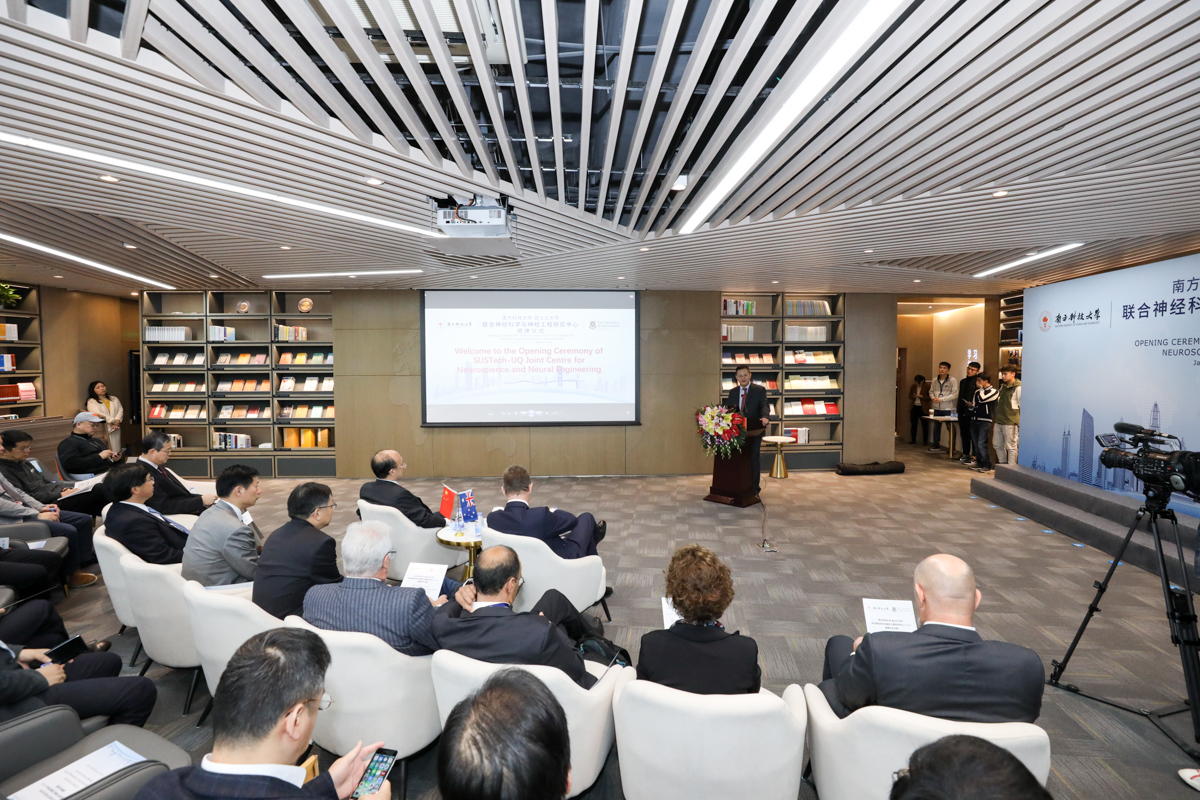
SUSTech has collaborated closely with UQ, with both sides working together in neuroscience and neural science since 2015. The establishment of the Joint Center was approved in 2019.
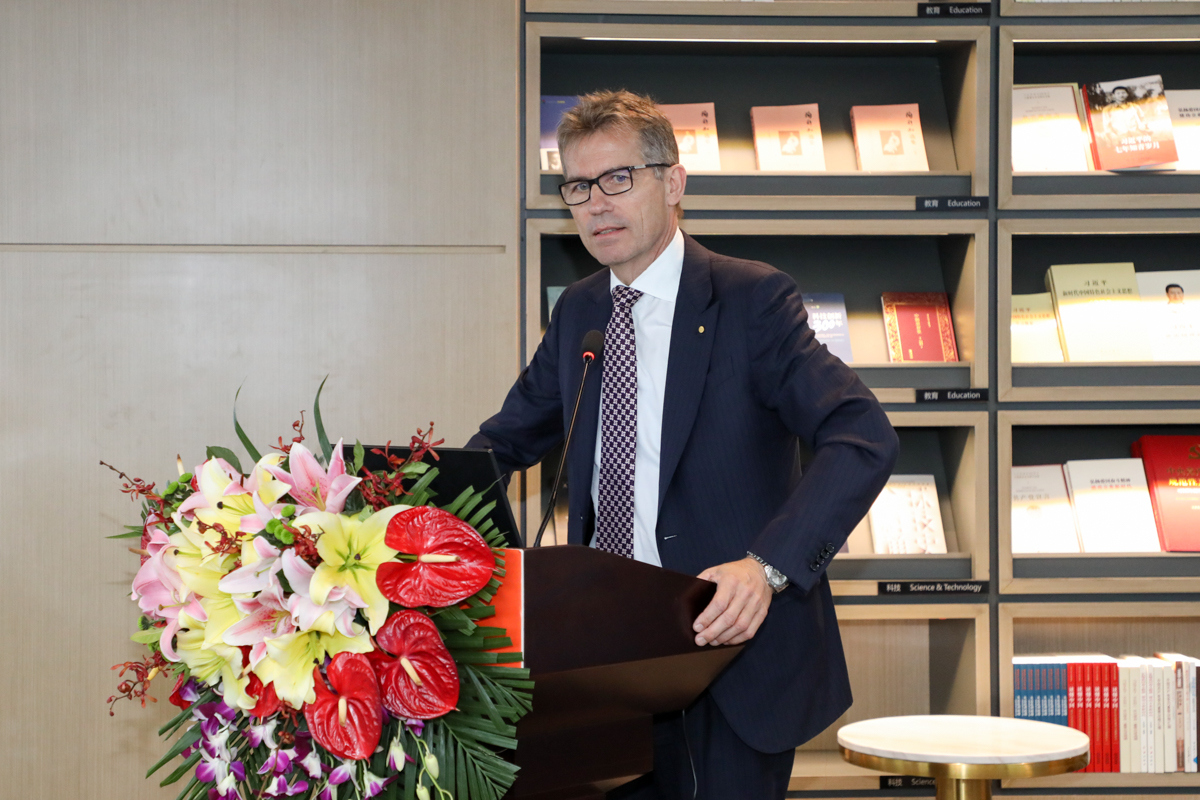
UQ President & Vice-Chancellor Peter Høj spoke highly of the cooperation between SUSTech and UQ in recent years, focusing on the progress made in brain science. He said that today’s launch was a milestone in the collaboration between the two universities, and he hoped that there would be more considerable progress in brain science research by both institutions.
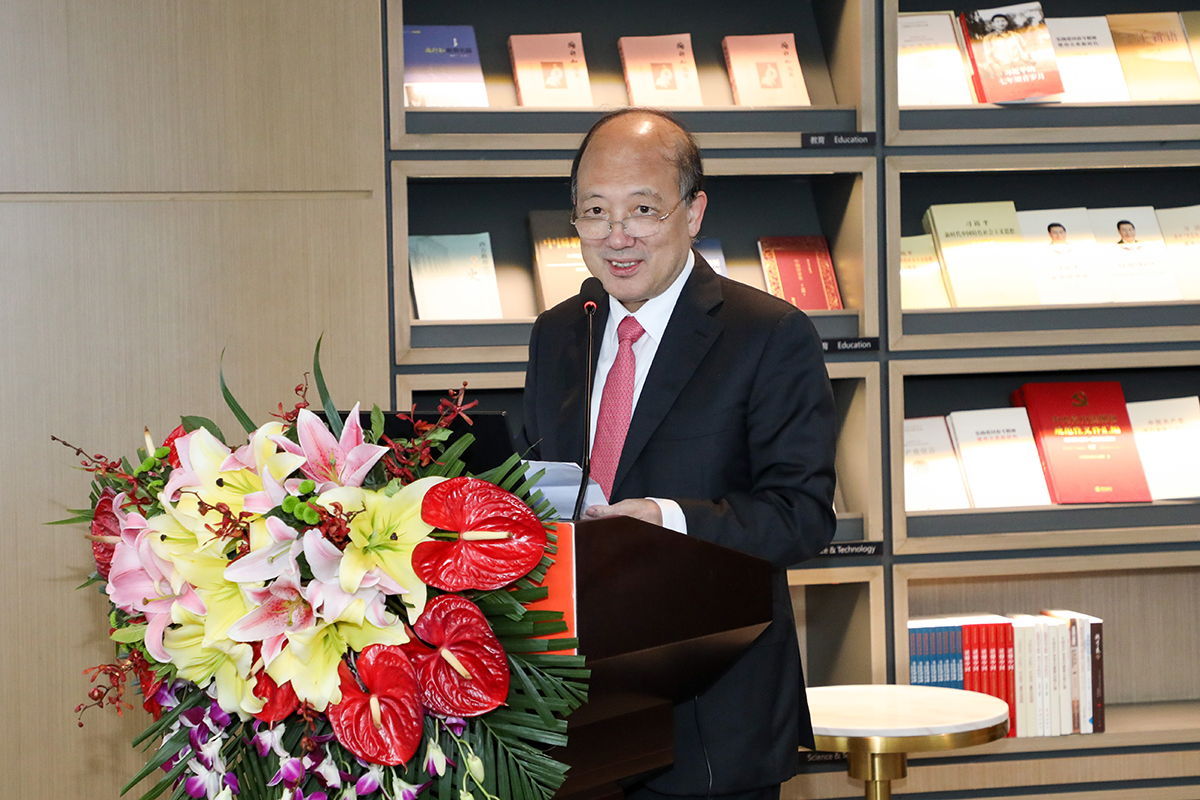
SUSTech President Chen Shiyi summarized previous areas of collaboration between SUSTech and UQ. He added that the Joint Center would see considerable knowledge and wisdom brought to brain science research through the promotion of technological development. There would be unprecedented opportunities to transform basic research into clinical applications for the health care benefits of Shenzhen society.
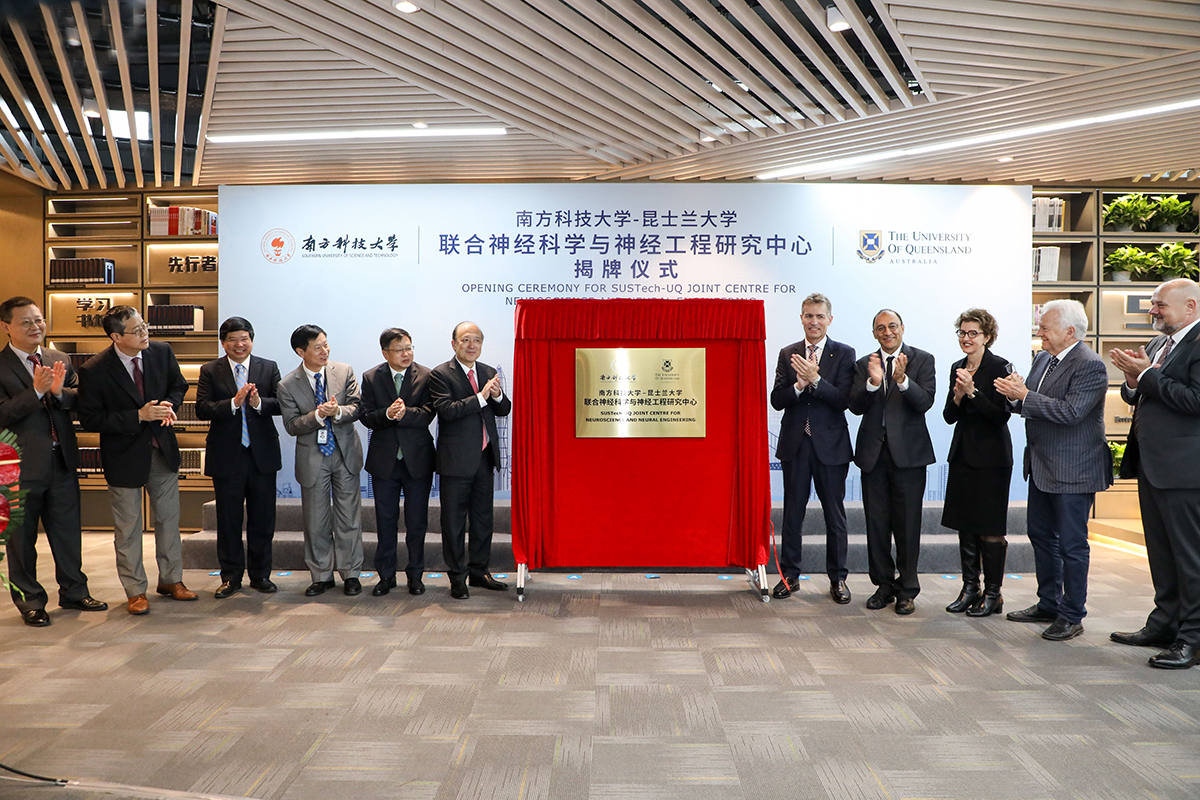
QBI Emeritus Professor Perry Bartlett said that the establishment of joint neuroscience and neural engineering research center is a rare opportunity. It would bring together outstanding scientists to jointly advance brain science research and promote the transformation of related technologies into clinical applications to genuinely benefit patients.
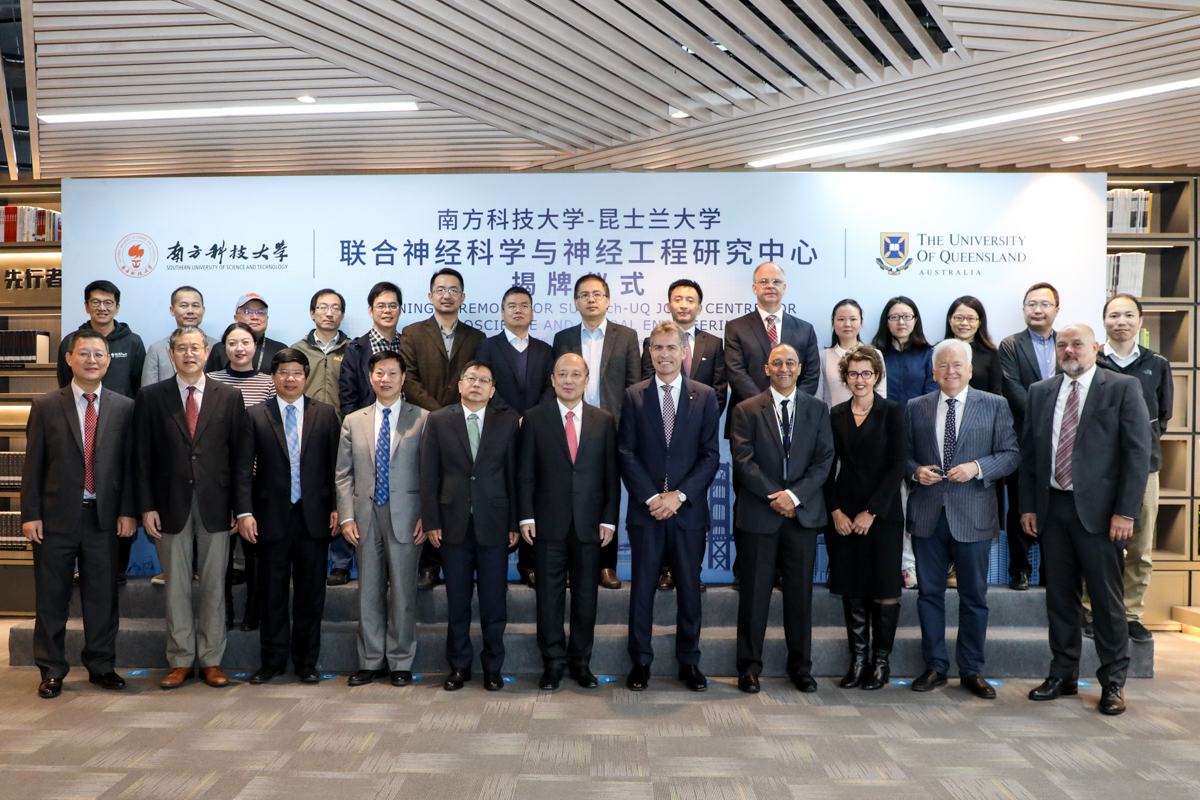
Experts in attendance highlighted the importance of the Joint Center in improving our understanding of the structure and function of the brain. The Joint Center will focus on neurocircuit computation, regulating neurocircuits to restore function following stroke, neuromodulation, connectomics, and neuromorphic computer. Their primary research areas will include stroke, depression, and dementia. The Joint Center seeks to enhance the understanding of the computational operations performed by defined neuronal circuits, develop neuro-inspired next-generation computational architectures and devices, and develop strategies for the treatment and repair of the damaged nervous system.
Text: Fu Wenqing
Editor: Lawrence Lau
Translated and Adapted: Chris Edwards
Proofread: Xia Yingying
Picture: Zhang Xiaoyan
latest news
-
Researchers uncover cytoplasmic osmosensing mechanism mediated by DCP5 protein
Date:2024-11-01
-
Researchers uncover mechanism behind structural changes in respiratory complexes of cold-adapted brown adipocyte mitochondria
Date:2024-10-14
-
Researchers reveal how Migfilin enhances autophagy regulation in cancer cells
Date:2024-09-29
-
Researchers collaborate to develop novel CSCT-SELEX strategy to identify therapeutic aptamers for arthritis treatment
Date:2024-09-26
